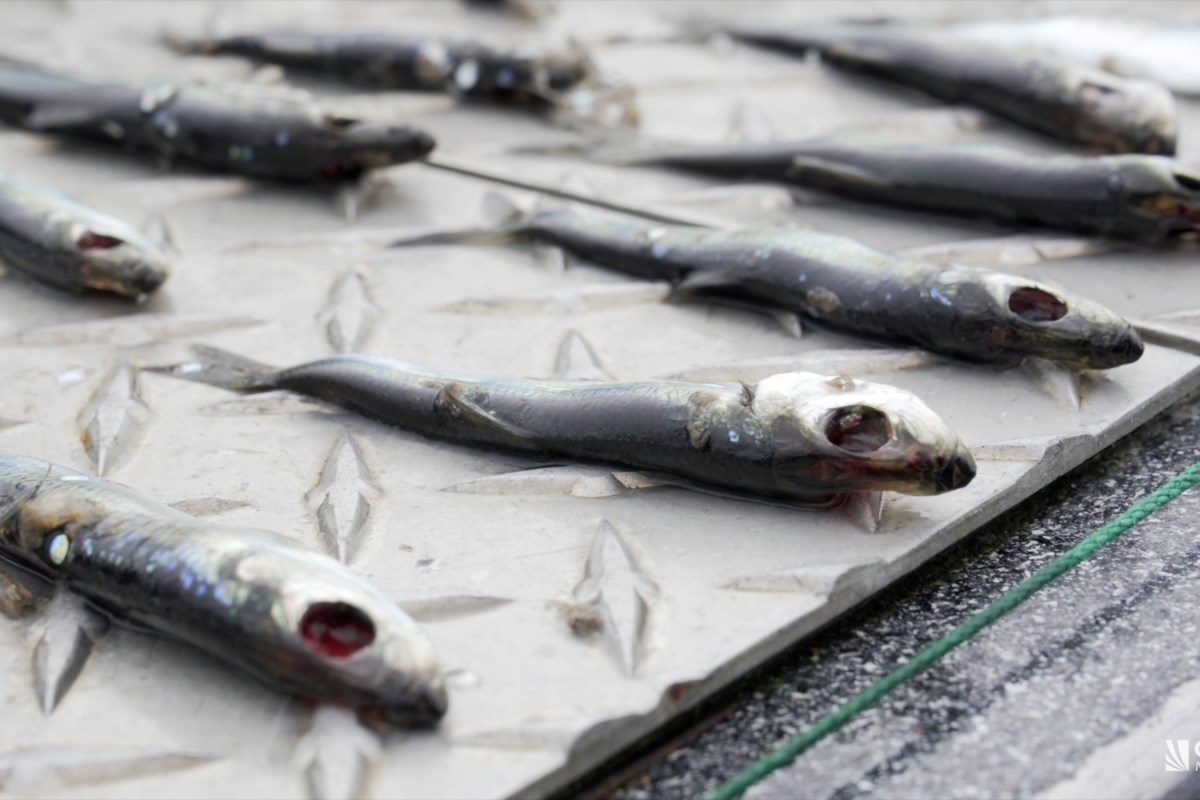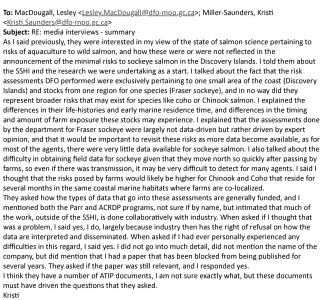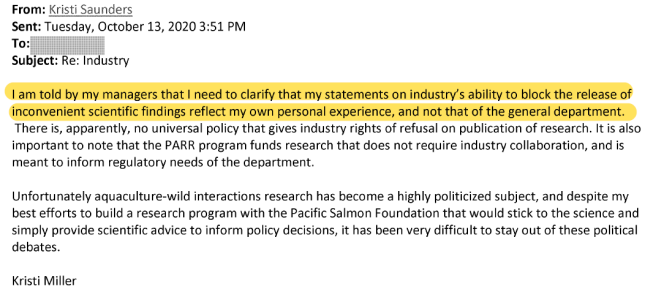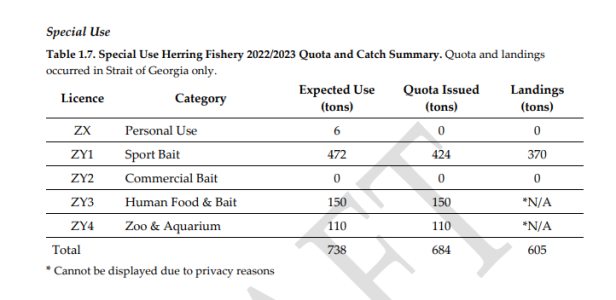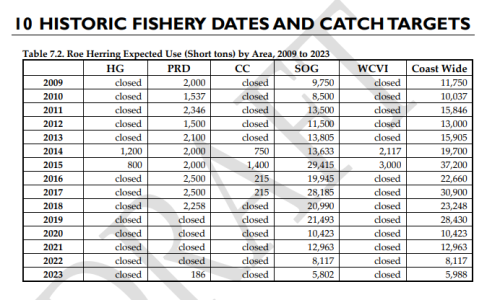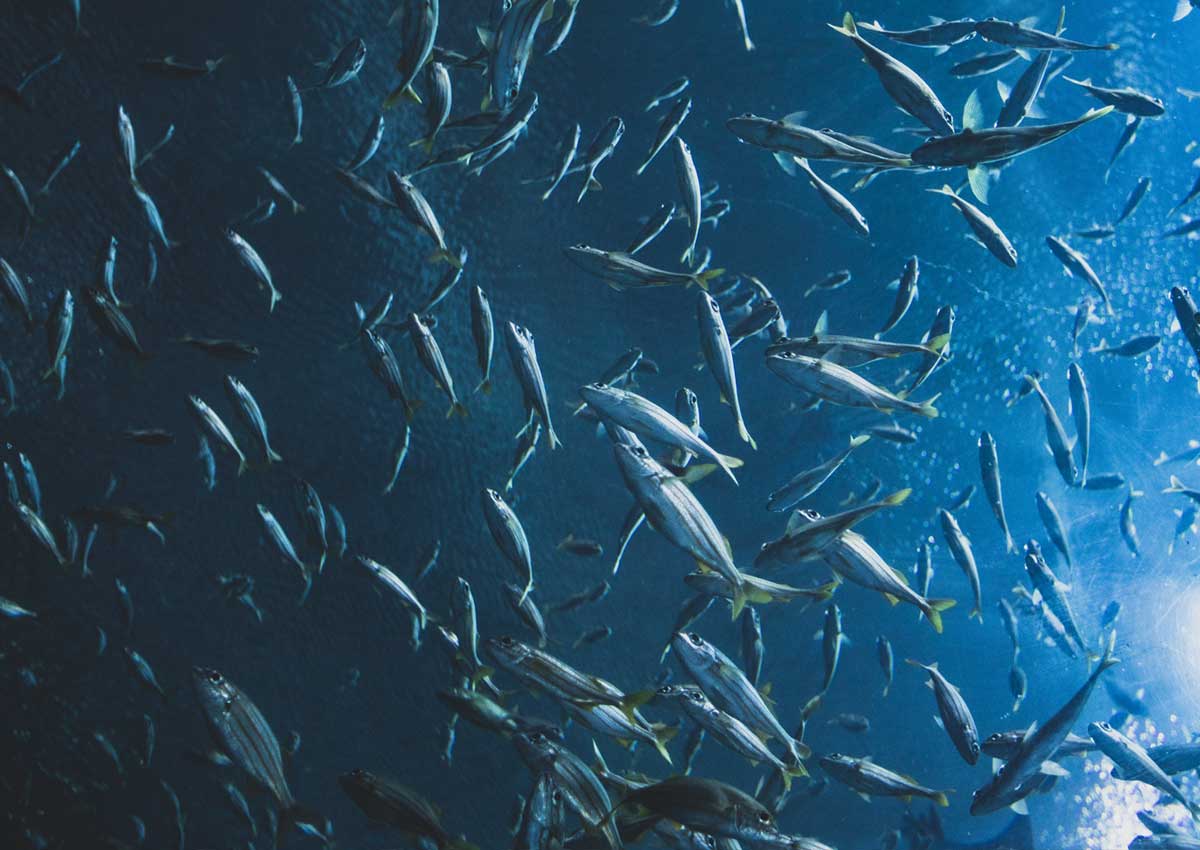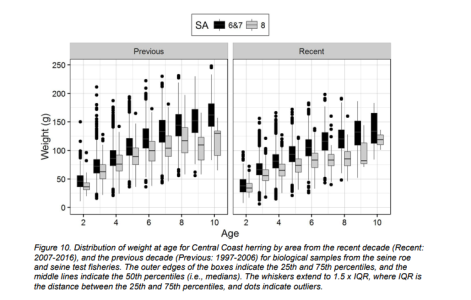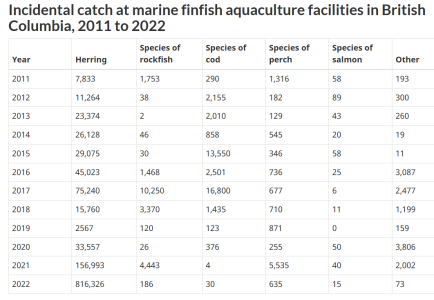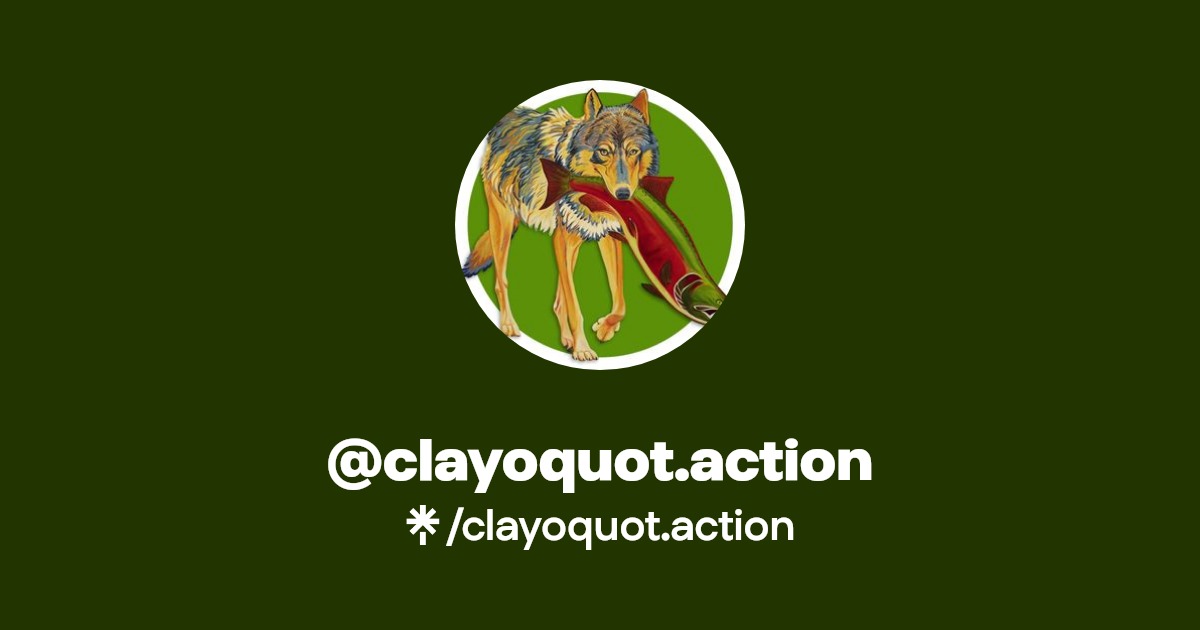100% of salmon farmed in BC today is raised in partnership with coastal First Nations.
ANISHINABE ALGONQUIN TERRITORY/OTTAWA, ON – Coastal First Nations from British Columbia came to Parliament Hill today to release a new, positive plan for modern, sustainable, in-ocean salmon farming in their traditional territories.
The Coalition of First Nations for Finfish Stewardship (FNFFS) has developed a Nations-led, science-backed, and industry supported plan for salmon aquaculture that is responsible, realistic, and achievable, and will drive the following five outcomes for their rural communities:
- Wild salmon revitalization
- Economic Reconciliation
- An Indigenous-led Blue Economy
- Social and ecological well-being for their territories and communities
- Food security and affordability for their communities and all Canadians
“As conservationists, our coastal Nations have travelled thousands of kilometres to Parliament Hill to present a solution to what’s been a divisive issue in BC: a real, achievable plan for salmon farming that enables our remote communities to continue to thrive socially, economically, and culturally while working to revitalize wild salmon,” says Dallas Smith, spokesperson for the Coalition.
“We have proven we can be both salmon stewards and salmon farmers in our sovereign territories, and by asserting our rights and title with this comprehensive plan, we fully intend to lead this process to achieve what’s best for our communities,” Smith adds.
Nations that participate in the Coalition span from western and central Vancouver Island to BC’s central coast. They have been working alongside the Department of Fisheries, Oceans and the Canadian Coast Guard (DFO) and the Province of British Columbia to develop a framework for the modernization of salmon farming in their traditional waters.
The plan announced today ensures that the future of salmon farming in BC is led by the Nations in whose territories the farms operate, while retaining good, sustainable, year-round jobs and building economic and scientific capacity in Indigenous communities. It also integrates the vision for a new Indigenous Centre for Aquatic Health Sciences (iCAHS) based in Campbell River, BC.
“Because of the work and dignity that comes with the salmon farming industry, we have had no suicides in my community of Klemtu for the past 18 years. Think about that,” says Isaiah Robinson, Deputy Chief Councillor for Kitasoo Xai’xais Nation, located 800 km north of Vancouver, on the Central Coast. “My community now has 99 per cent employment and 51% of our income comes from the salmon farming sector. It makes no sense to shut it down. There is no industry that can fill that space.”
With 40% of the fish farms in BC closed in recent years, nearly 400 jobs have already been lost, small businesses have been impacted, and food bank lines are longer in communities like Port Hardy on Northern Vancouver Island. Considering the impact on remote communities, any further decision-making regarding the future of the sector must be done so with Rightsholder Nations at the table, and with their communities top of mind, says Smith.
“With new technology and best practices, and the guardianship and monitoring of our Nations, the salmon farming industry is even more modern than it was 10 or even five years ago. Salmon farmers have innovated far more quickly than any other industry I work with, and at our request,” adds Smith, “But our Nations want to keep working with the industry to truly elevate the potential of our rich marine spaces. To do that, we need the government to also partner with us sit together at the table to implement this plan for modern, sustainable, in-ocean salmon farming that provides a realistic solution for our Nations.”
“If Canada is going to walk the talk on true reconciliation, I think every Canadian would agree that the future of modern salmon farming in BC must be shaped by the coastal First Nations in whose territories the farms are located.”
Additional Information:
The FNFFS plan titled, “Indigenous-led Finfish Aquaculture Transition Framework” has been delivered to new DFO Minister Diane Lebouthillier last week, and requires specific commitments to succeed, including:
- Government investment in territory-specific Indigenous-led science, technology, and stewardship.
- Greater investment and broader, territory-specific siting and implementation of new barrier and monitoring technologies.
The completion of social and economic impact studies in First Nations communities to understand the significance of the presence of the modern salmon-farming sector.
- Greater trust and transparency in data-sharing between DFO, industry, ENGOs and First Nations.
- The creation of a new Indigenous Centre for Aquatic Health Sciences (ICAHS) in Campbell River to unite western science and Traditional Knowledge in modern scientific methods, as well as provide a coastal training centre for Guardian Watchmen and scientific capacity building for Indigenous communities.
- The immediate renewal of long-term salmon farm licensing (9 years) for investment security and growth.
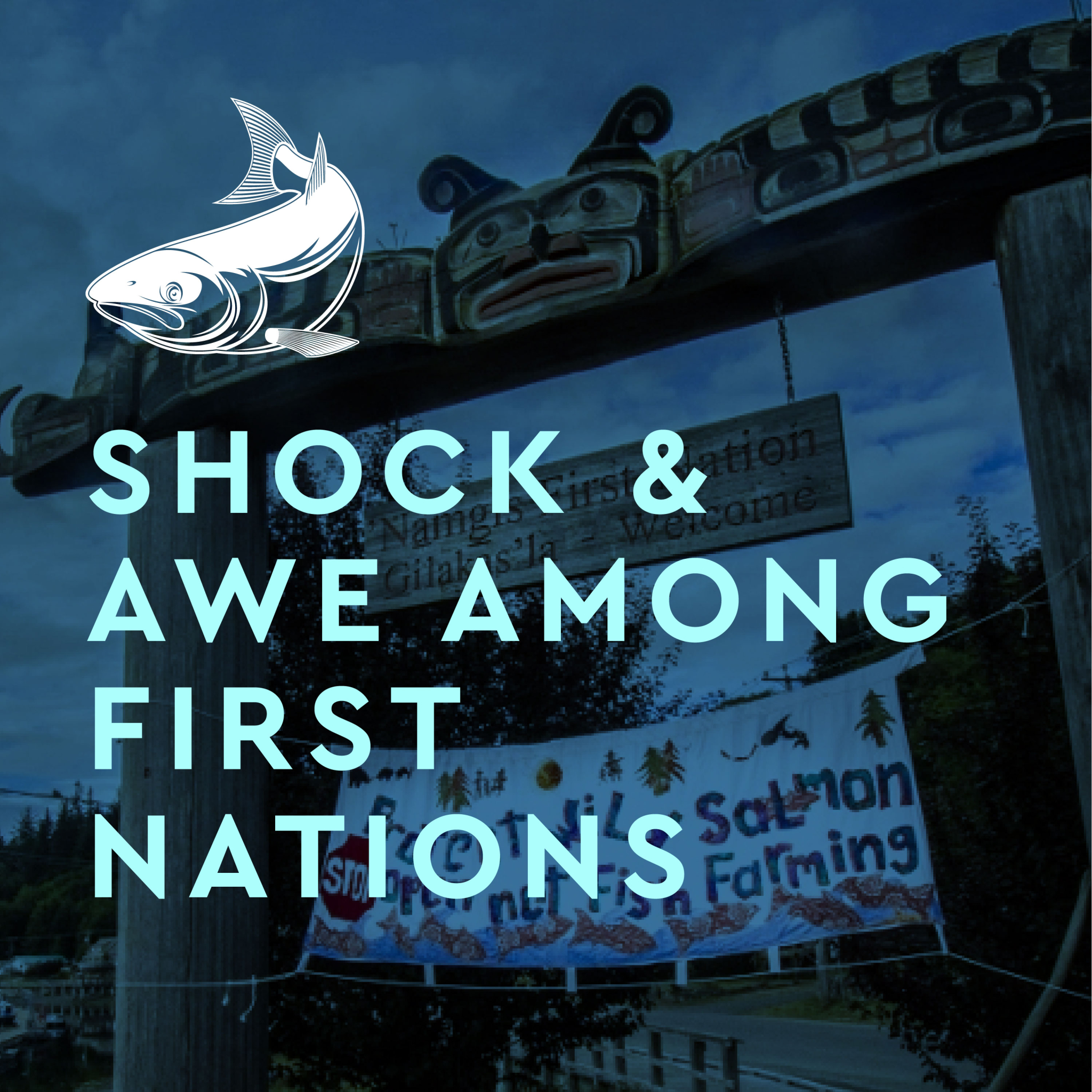
 www.nationalobserver.com
www.nationalobserver.com



